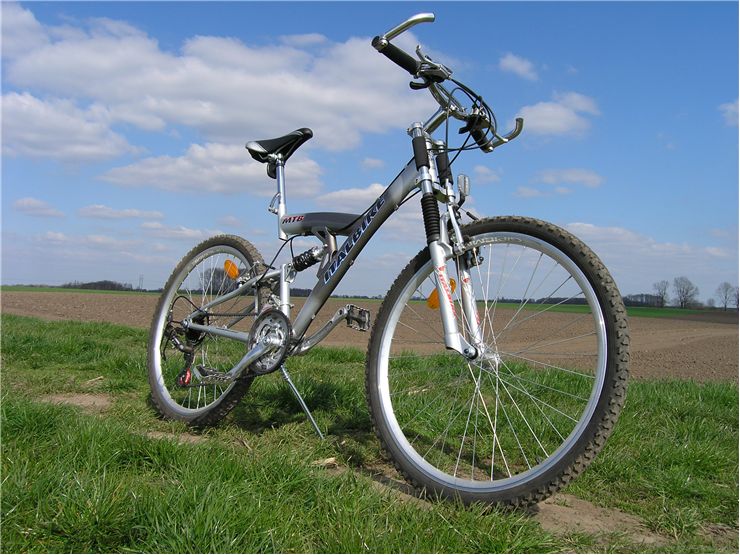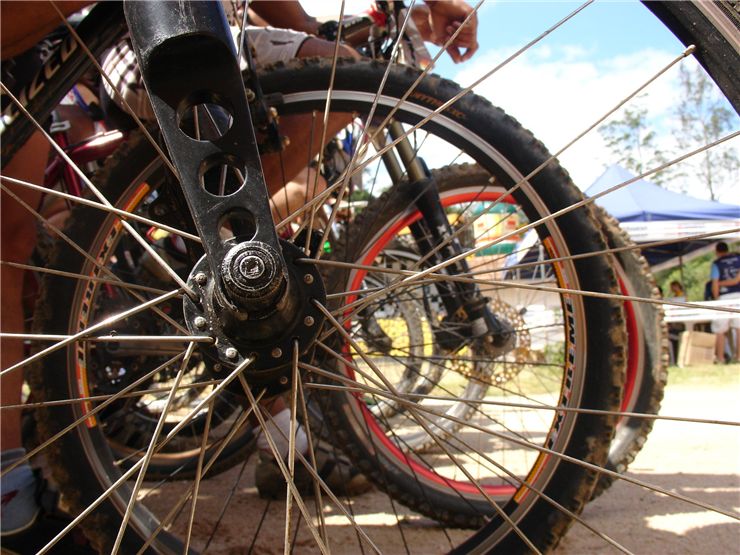History and Types of Hybrid Bikes
From the moment first bicycles appeared on the European market in second half of 19th century, people strived not only to create highly specialized models that will be used in specific situations (such as racing, commutes on road, long trips, all-terrain drive, cargo transport), but also models that can be used in any situations. These bicycle designs are primarily used as road bicycles but are fully capable to go off the road or be easily managed by casual rides, children, regular commuters or anyone else. The defining characteristic of hybrid bicycles is their versatility, which can be noticed in their design as they avoid features that would push them too much in the direction of mountain bikes, racing bicycles, BMX’s or other types of bicycles that require very specific approach to their design.
In general principle, the most important characteristic of hybrid bicycles is their focus on being comfortable. This is achieved by taking all the best features from other bicycles and arranging them in several styles that are all commonly called as hybrid bikes. Most commonly, this includes lightweight frames, thinner wheels, support for multiple gears, straight handlebars, thinner wheels without grooves for off-road surfaces, cargo-carrying accessories and mounting points, water bottle, and more.
The five most popular sub-types of hybrid bicycles are:
- Trekking bike – “Lite” version of mountain bike bicycle that is intended to be used on paved surfaces. Often accessorized with pannier rack, lights, more comfortable seat, mudguards and more.
- Cross bike – All-in-one bicycle that is slimmed down a bit so that it can be used in smaller sport/touring competitions on both paved and lightly rougher surfaces. It has reinforced brakes, tires and lighter frame, but still retains “casual” touch.
- Commuter bike – Hybrid bicycle designed for longer bicycle commutes, with often with full fenders, carrier rack, and a frame that supports mounting racks for additional baskets of panniers.
- City bike – While commuter bike is focused on longer trips, City bike is optimized for shorter trips in urban environment. It has design similar of those of mountain bike, but with more focus on ease of use, comfort, proper visual identification (lights, reflective surfaces). Many have fenders for protection in rainy conditions, but most does not have active suspension.
- Comfort bike – The most simple to use hybrid bicycles that are used for trips on very small distances, usually for shopping and visiting nearby places. Almost none of them have active suspension, seat suspension or any other “advanced” accessory.

